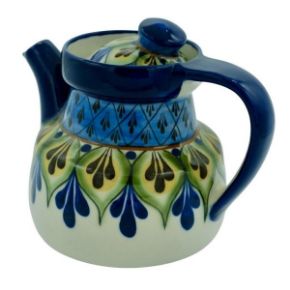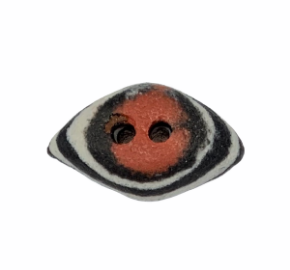
Picturesque volcanic Lake Atitlan is home to many Unique Batik artisans. This mountainous region is rich with Maya cultural traditions and handicrafts and has more to offer visitors than just its promise of beautiful vistas and eternally spring-like weather. The small villages that surround this huge body of water, formed in a caldera millions of years ago, are as captivating as anything the scenery can boast.

San Juan la Laguna, located on the western shore of Lake Atitlan, is a quiet, clean village of about 8,000 residents. Off the beaten (tourist) path, its resulting relaxed atmosphere allows visitors to get away from the bustle of the city and experience the genuine friendliness of the indigenous Guatemalan people. This charming village is renowned for its painting, and boasts talented oil painters and several street murals. There is also a women’s coop of weavers who use only hand-gathered natural dyes, keeping centuries-old traditions alive.

Across the lake, on the eastern shore is San Antonio Palopo, one of the oldest lake settlements and well known for its handmade majolica style pottery. Historically, each village has had its own distinguishing style of dress, or traje, and that of San Antonio Palopo features striped tops for both men and women. In this traditional village, it is not unusual to see people wearing this style of clothing even today. San Antonio Palopo also offers terrific views of the lake -- one can enjoy the vista as well as a completely unique view by hiking to the top of the village and the ancient terraced onion fields found there.

The village of Santa Clara la Laguna offers a completely different experience; located high in the mountains among miles of coffee plantations and forest, it is home to the famous Rosto de la Maya overlook. Seen from below, Rosto de la Maya or ‘Face of the Maya’ looks like a face in profile; from the overlook itself one can see the entire lake, and on a clear day, all the way to the Pacific Ocean. In Santa Clara la Laguna, making baskets is part of the traditional culture of the town because the baskets were historically used during the coffee harvest. Now, basket weaving also brings in income from craft sales, and there is a cooperative specializing in different styles of cane baskets for export.

The craft traditionse Lake Atitlan region are directly tied to history both ancient and modern. Whether artisans create because it is an integral part of their culture that must be passed down from generation to generation, or whether their skills were imported along with the many expatriates who are drawn to this enchanting region, the value of handcrafting is embraced and celebrated. Clareños make baskets and San Antonio Palopo is the place to find pottery. Each village around Lake Atitlan is unique, seeped in its own special Maya language, dress, and traditions. It could take a lifetime to explore them all, and it would be a lifetime well spent.












 Many of our artisans work in the region of Lake Atitlan, which is a huge volcanic lake in the Guatemalan highlands. Lake Atitlan is fifty square miles in area, and its thirty-one miles of coastline are surrounded by myriad villages, each unique. Famous travelers including writer Aldous Huxley and German explorer Alexander von Humboldt have described it as one of the most beautiful lakes in the world, and anyone who has seen its expanse of pacific blue waters reflecting the looming volcanic mountains that etch out its perimeter would have to agree. A three hour bus ride from Guatemala City, Lake Atitlan is a popular tourist destination with both local and foreign tourists, who come for the scenic beauty and the cultural interest found in its surrounding villages.
Many of our artisans work in the region of Lake Atitlan, which is a huge volcanic lake in the Guatemalan highlands. Lake Atitlan is fifty square miles in area, and its thirty-one miles of coastline are surrounded by myriad villages, each unique. Famous travelers including writer Aldous Huxley and German explorer Alexander von Humboldt have described it as one of the most beautiful lakes in the world, and anyone who has seen its expanse of pacific blue waters reflecting the looming volcanic mountains that etch out its perimeter would have to agree. A three hour bus ride from Guatemala City, Lake Atitlan is a popular tourist destination with both local and foreign tourists, who come for the scenic beauty and the cultural interest found in its surrounding villages.




